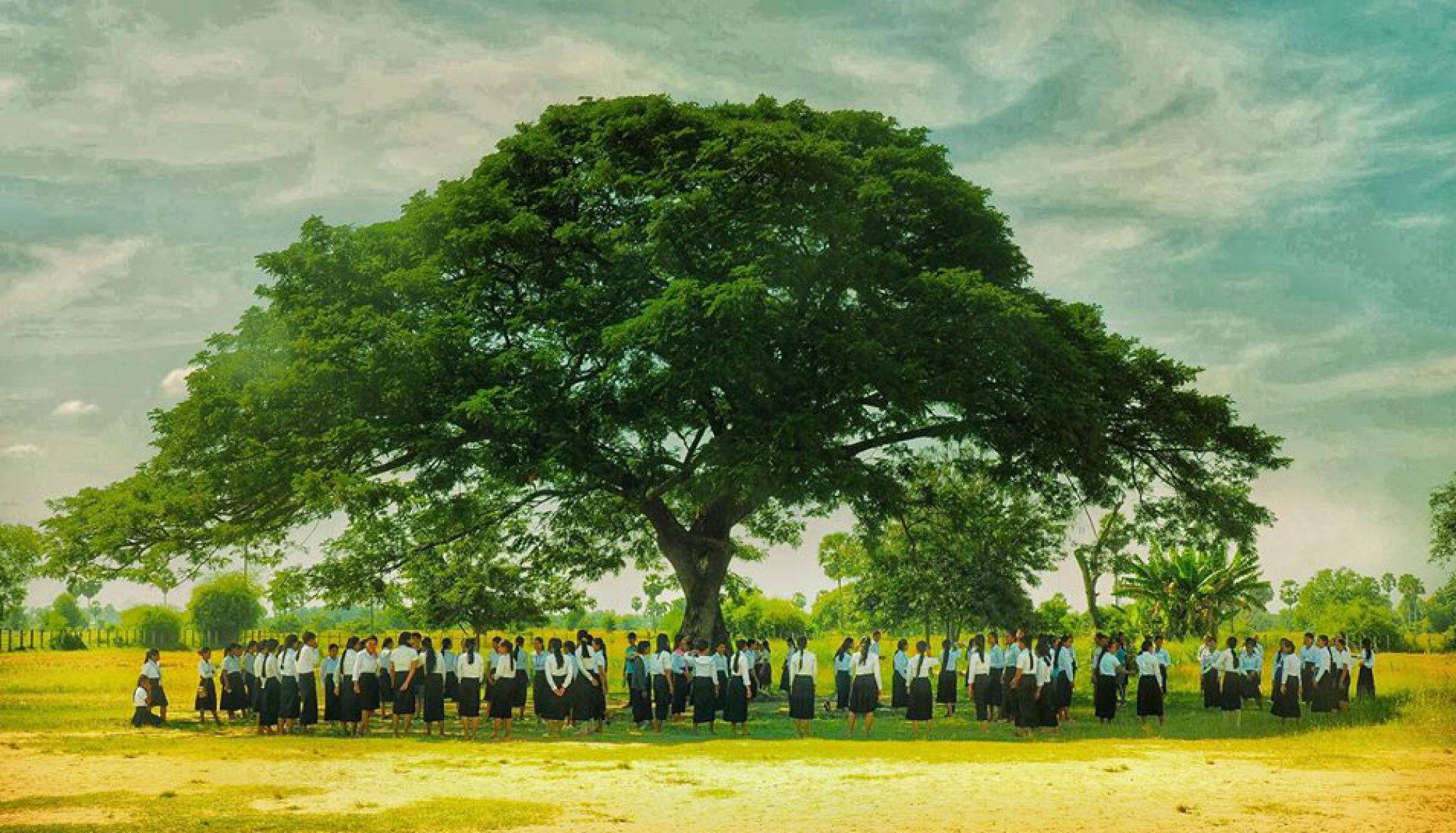Exploration Name: Bag Business
Exploration Dates: October 7th-November 19th
Number of students: 13
Essential Questions:
Why do we use bags – the purpose of bags?
What is the purpose of creating a prototype?
What processes are needed to create a small profitable business?
Description:
When we started this project we thought about Ready-Set-Go, which is a website that helped us get ideas about starting our business. In Ready we thought about our logo, what business and our goals. Then we divided all the students in our group into three different departments. There were Research + Development, Account + Finance and Sales and Marketing. In R+D they worked on how to make our design unique. In A+C they worked on Project balance sheet. Project balance sheet is the sheet that we just think of but it is not happen yet. But S + M is very important because they need to prepare the attitude and be friendly to the buyers who come. After that we took trips to RUFA, Art Gallery, A.N.D, Royal Boutique, Smateria and Wattan. Wattan is a place which made bags for us to paint. At first we decided to make 52 tote bags but then we wanted another 13 ipad bags. In our last day we all painted the bags already and we opened the shop for the students, staff and visitors to buy bags from our business. On that day we also used a mannequin to make up and put the bags on it’s hand. At that day we sold nearly all the bags. We also had 2 bags to raffle. This was very fun. We had the promotion about the tickets and one ticket for the adult costs 1$ and for the kids costs 2000៛. From that day each of us got $5 from when we sold.
